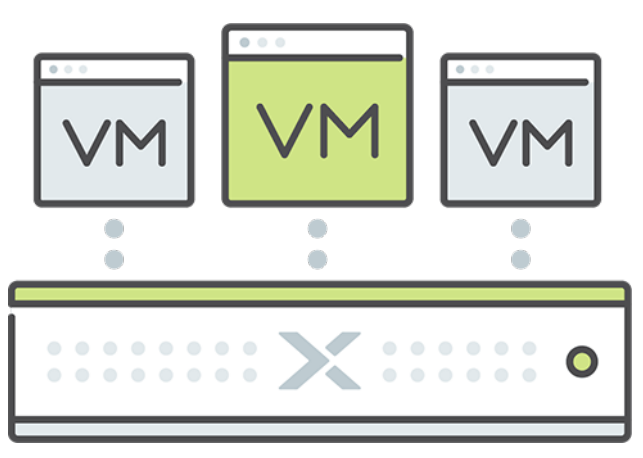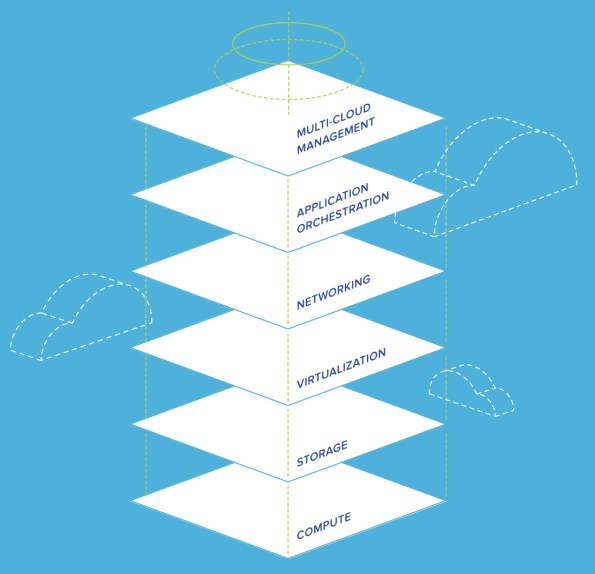
Nutanix creates a virtualized platform for public and private cloud infrastructure. Their solutions unify private, public, and distributed clouds, and empower IT to deliver applications and data that power their businesses.
Nutanix solutions are built on the industry’s most popular hyperconverged infrastructure (HCI) technology—a complete, 100% software-defined stack that integrates compute, virtualization, storage, networking, and security to power any application, at any scale.
Arena PLM
According to David Sangster, Chief Operating Officer at Nutanix, his team is responsible for fulfillment, logistics, quality, reliability, new product introduction, and launching product into volume production. The company also outsources all of its manufacturing needs. “We work with many suppliers including contract manufacturers, distributors, and key technology partners,” said Sangster. “We also use a platform approach to product design and a configure-to-order (CTO) process to reduce SKU (stock keeping unit) proliferation and the need for additional engineering.”
Sangster stated that the number and frequency of changes inherent in the product development activity, as well as data sharing among partners, had become problematic. Unfortunately, his team was stuck relying on Excel spreadsheets and email to address these manufacturing challenges. “It’s embarrassing to admit, but we had a number of instances where the suppliers built the wrong version of the product,” said Sangster. “It was ‘rev A’ all right, but the ‘wrong’ rev A.”
Issues with rework, which included extra procurement, build, and test cycles, also increased delays and were becoming a significant impediment to the company’s total time to market (TTM) objective, which he found “totally unacceptable.”
“Change management was a nightmare,” said Sangster. “With several people making changes and suggestions to uncontrolled documents there were multiple revisions of the same bill of materials (BOM) flying around the ether. No one had any trust in the data, so many local copies abounded based on the ‘mine is right’ premise.”
Sangster admitted change control was his “number one problem.” His priority was finding a solution to manage BOM integrity in order to reduce shipping delays and product errors. “A wrong product number in your BOM can completely blow your quarter and make for a very unpleasant conversation with your CEO and the Board,” he confessed.


– David Sangster, Chief Operating Officer, Nutanix
Sangster needed a PLM solution to address his BOM management problems and allow Nutanix to scale with a positive ROI and improved customer experiences. The solution also had to be a “financially responsible investment.” Sangster continued, “At the end of the day, we were looking for a solution that maximizes the benefit to the organization with a relatively modest investment.”
Another reason Sangster went with Arena PLM was because he had been “favorably impressed by the continued evolution and improvement of each [Arena PLM] release.” He added, “Arena really listens to customers … don’t underestimate this trait in a partner.”
With Arena, Sangster realized a number of key benefits, including shortening the product concept to cash cycle on second-generation product by almost 50%. “This has had a positive, material impact to the business by reducing our burn rate and reliance on external cash,” he said.
Arena PLM reduced engineering change order cycle (ECO) approvals from days to hours. “ECO reviews are now done by teams of impacted stakeholders using the same data,” said Sangster. “We get terrific feedback from the give and take of the review process. Partners have provided feedback that helped us avoid making unnecessary, confusing, or costly changes.”
Arena has improved cost visibility, allowing Nutanix’s engineering team to take a critical look at BOM cost tradeoffs. “This has almost by itself promoted part re-use and standardization in our platforms—a key to shorting time to market,” said Sangster, who shared the following benefits:

Sangster offered his advice to anyone looking for a new system. “Make sure you consider a cloud-based PLM solution that can be deployed quickly. You have a business to run and don’t need the distraction of a lengthy implementation cycle.” In addition, he suggests choosing a PLM solution that can easily interface with ERP systems to eliminate wasteful processes and improve employee morale and productivity.
“In today’s product development environment, the one thing you can be sure of is that, sooner or later, you will be partnering with folks well outside your time zone,” said Sangster. “Make sure your system supports this global reality.”